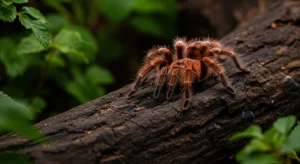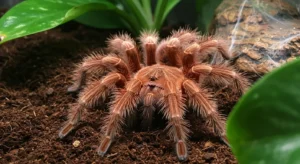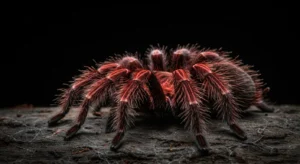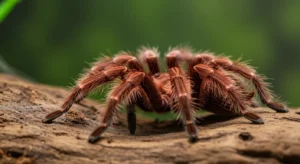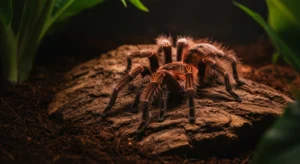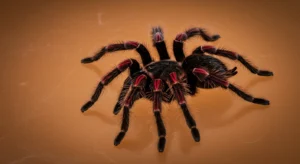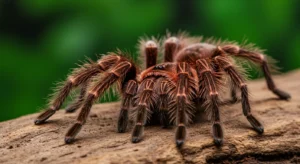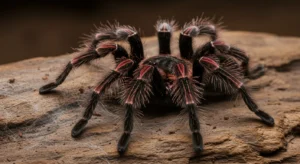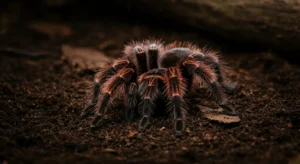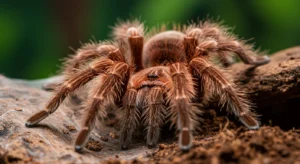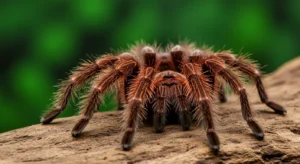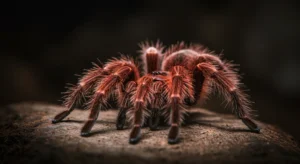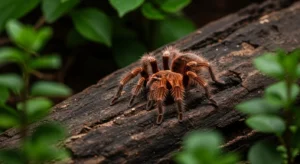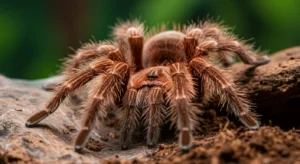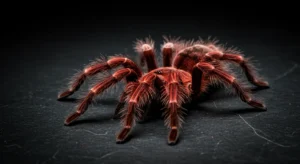Chilean Rose Tarantula Enrichment: Keeping Your Pet Stimulated
What is Enrichment for a Tarantula?
Environmental enrichment refers to the practice of providing animals with stimuli and opportunities that encourage natural behaviors, improve welfare, and prevent boredom or stress. While often discussed in the context of mammals or birds, the concept also applies to invertebrates like tarantulas, albeit differently. For a Chilean Rose Tarantula (*Grammostola rosea*), enrichment focuses on creating a complex and stimulating environment that allows them to express species-typical behaviors like hiding, exploring (within limits), and potentially burrowing.
Why is Enrichment Important?
While tarantulas might not ‘play’ in the human sense, a barren, featureless enclosure can potentially lead to stress or abnormal repetitive behaviors (though less documented than in vertebrates). A well-enriched habitat can:
- Increase Security: Multiple hiding options and varied terrain can make the tarantula feel safer.
- Encourage Natural Behaviors: Provision for burrowing or climbing slightly allows for species-appropriate actions.
- Provide Mental Stimulation (in an arachnid context): Navigating a more complex environment offers choices and slight challenges.
- Improve Overall Welfare: A stimulating habitat contributes to a healthier, potentially less stressed tarantula. Practical tips on how to prevent tarantula boredom focus on habitat design.
Types of Enrichment
Enrichment for a Chilean Rose Tarantula primarily falls into these categories:
- Structural/Habitat Enrichment: Modifying the physical environment.
- Substrate Enrichment: Varying the depth or type of bedding.
- Feeding Enrichment: Making feeding time slightly more engaging (use with caution).
Habitat Decoration Ideas
This is the most common form of enrichment. Adding safe and appropriate items can significantly enhance the enclosure:
- Multiple Hides: Offer more than one hide (e.g., a half-log and a cork bark slab leaned against the side). This gives the tarantula choices.
- Cork Bark: Flats, tubes, or curved pieces provide textured surfaces and hiding spots. Lean pieces to create sheltered areas.
- Artificial Plants: Silk or plastic plants (ensure no sharp edges) add visual barriers and anchor points for webbing.
- Sterilized Wood/Branches: Low, stable pieces of sanitized driftwood or cholla wood can add climbing opportunities (keep them very low to the ground) and environmental complexity. Ensure they are sturdy.
- Leaf Litter (Sterilized): Adding a layer of sanitized dry leaves (like oak or magnolia) provides extra cover and a more naturalistic feel. Ensure leaves are pesticide-free and baked/boiled to sterilize.
These simple tarantula habitat decoration ideas can make a big difference.
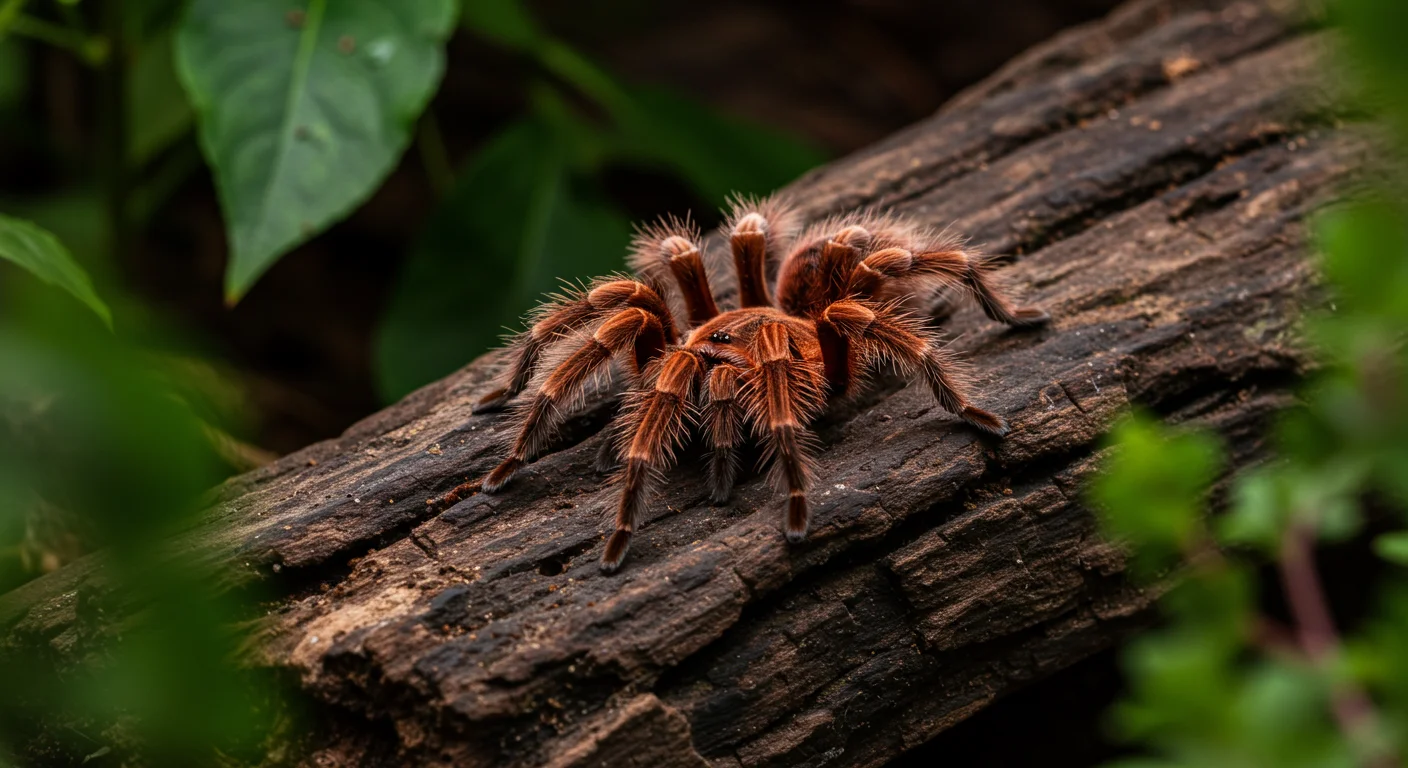
Substrate Variation
- Depth Gradient: Providing deeper substrate in one area and slightly shallower in another can encourage digging or specific resting choices.
- Texture Mix (Carefully): While sticking to safe substrates, slightly varying the mix (e.g., mostly coco fiber with a patch of peat moss) could offer minor sensory variation.
Feeding Enrichment
This should be used sparingly and carefully, as the priority is ensuring the tarantula eats safely.
- Varied Prey Items: Offer different types of safe feeder insects (crickets, roaches) occasionally.
- Placement Variation: Instead of always dropping food in the same spot, place it in slightly different areas to encourage minor exploration or hunting behavior.
Safety First: Never make feeding overly difficult or dangerous. Avoid leaving uneaten prey unattended that could harm the tarantula.
What to Avoid
- Overcrowding: Too much decor can impede movement and make monitoring difficult. Balance complexity with adequate open space.
- Unstable Items: Decor must be secure and unable to fall on the tarantula.
- Sharp Objects: Check artificial plants and wood for sharp edges or points.
- Toxic Materials: Ensure all items are non-toxic and free from chemicals/pesticides.
- Excessive Handling: Handling is stressful, not enriching.
- Tank Mates: Chilean Rose Tarantulas are solitary and should never be housed with others.
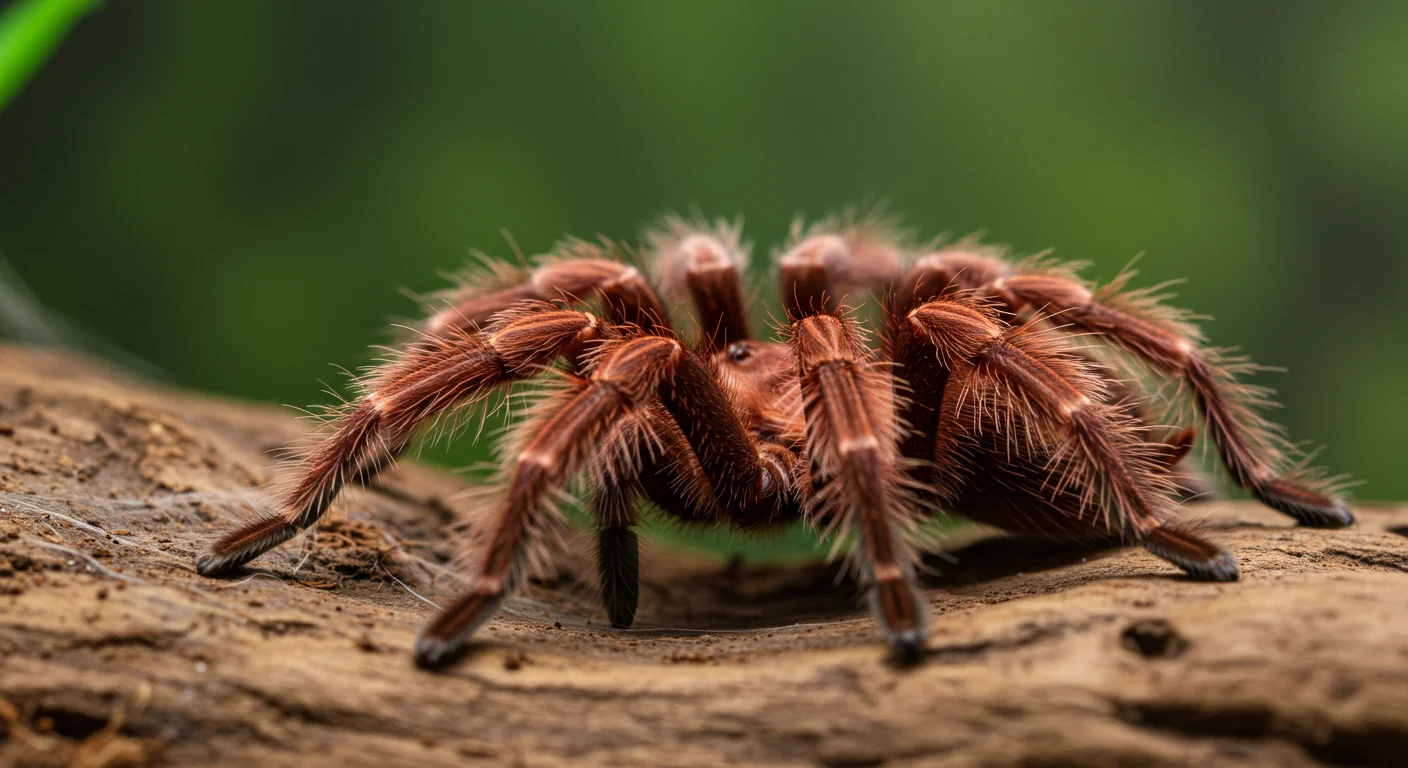
Conclusion
While a Chilean Rose Tarantula’s needs are simpler than those of many other pets, thoughtful enrichment can still enhance its well-being. By providing a secure, varied environment with multiple hides, safe decor, appropriate substrate depth, and perhaps occasional feeding variations, you can encourage natural behaviors and contribute to a more stimulating life for your pet. Focus on creating a complex yet safe habitat rather than attempting direct interaction or ‘play’.
Concepts of environmental enrichment adapted from animal welfare science principles.
